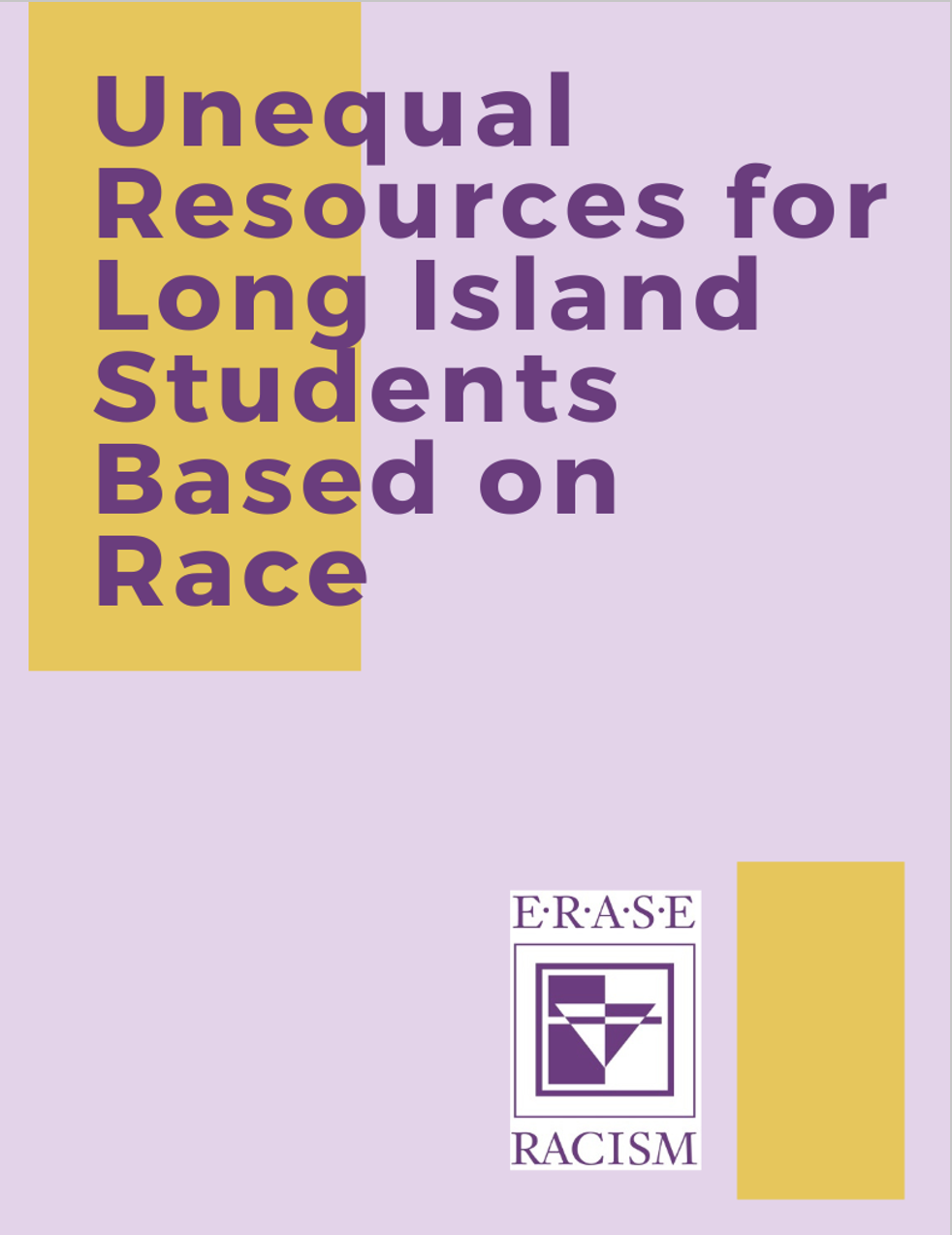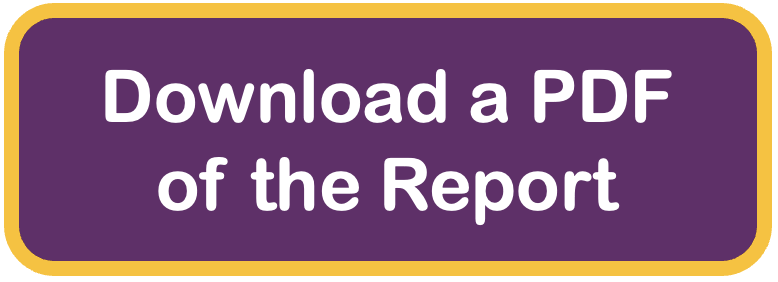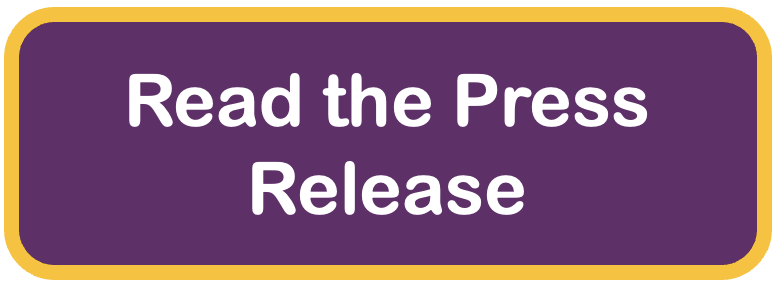 “Unequal Resources for Long Island Students Based on Race” examines the extent to which Long Island’s school districts have different levels of educational resources based on a district’s racial composition.
“Unequal Resources for Long Island Students Based on Race” examines the extent to which Long Island’s school districts have different levels of educational resources based on a district’s racial composition.

A 2022 ERASE Racism report examines the extent to which Long Island’s school districts have different levels of educational resources based on a district’s racial composition. The report – titled “Unequal Resources for Long Island Students Based on Race” – found major differences in the distribution of those resources.
In the analysis, ERASE Racism grouped Long Island’s 125 school districts into four categories: Intensely Segregated Districts (90-100% non-White), Majority Black and Hispanic Districts (at least 50%), Predominantly White Districts (at least 70%), and Racially Diverse Districts (40-60% White). The resource distribution was then analyzed, on average, across the district categories.
The research reveals the following disparities, among others:
- Intensely Segregated Districts have, on average, nearly $10,000 less in annual revenue per student than Predominantly White Districts.
- Intensely Segregated Districts have a significantly higher number of students for every guidance counselor and social worker than predominantly White districts.
- Intensely Segregated Districts have a median student-to-AP course ratio of 179. That number is more than double the median ratio for all districts (with at least one high school) and almost two times higher than 99, the 75th percentile ratio for all districts.
- Intensely Segregated Districts have a higher average rate of teacher turnover.
The report also reveals that the number of Intensely Segregated Districts has grown. There were five such districts in the 2003-2004 school year; in 2019-2020 there were 11 such districts. The percentage of Black and Hispanic students in these districts also grew in this period, from 28 to 37 percent for Black students and 13 to 36 percent for Hispanic students.
Please read the full report and policy recommendations to address the disparities by clicking the box below.


